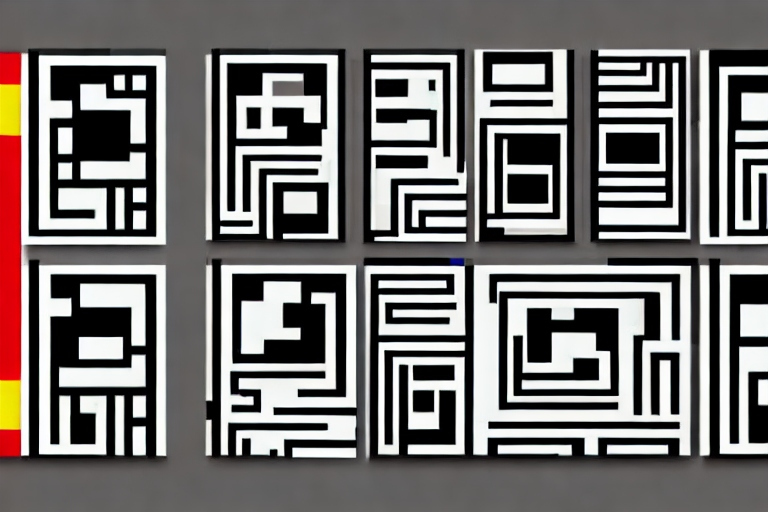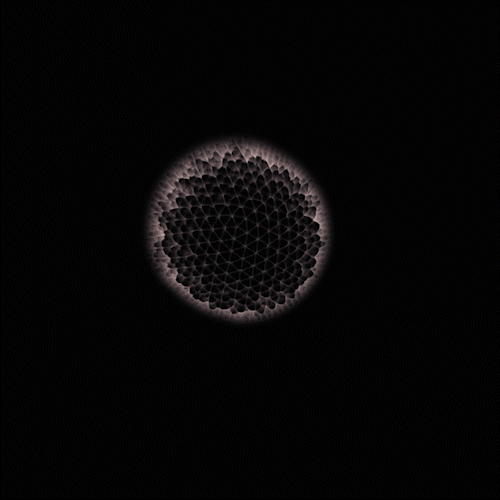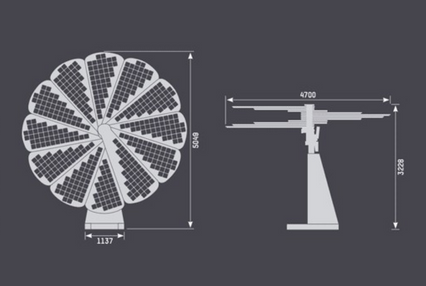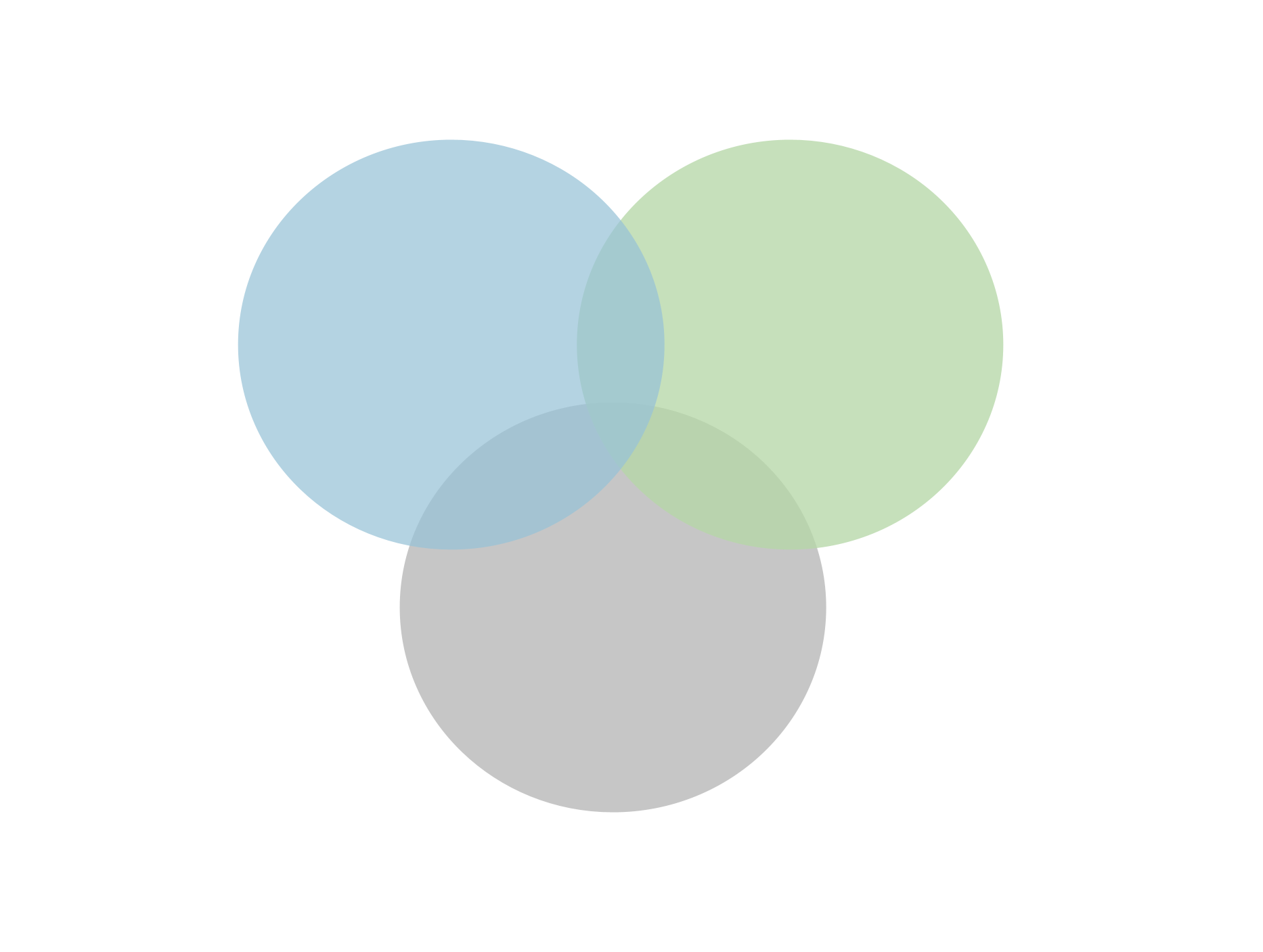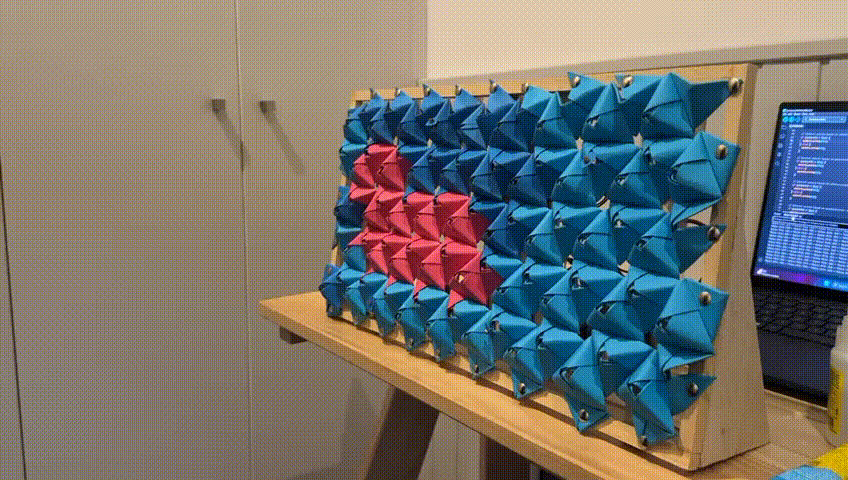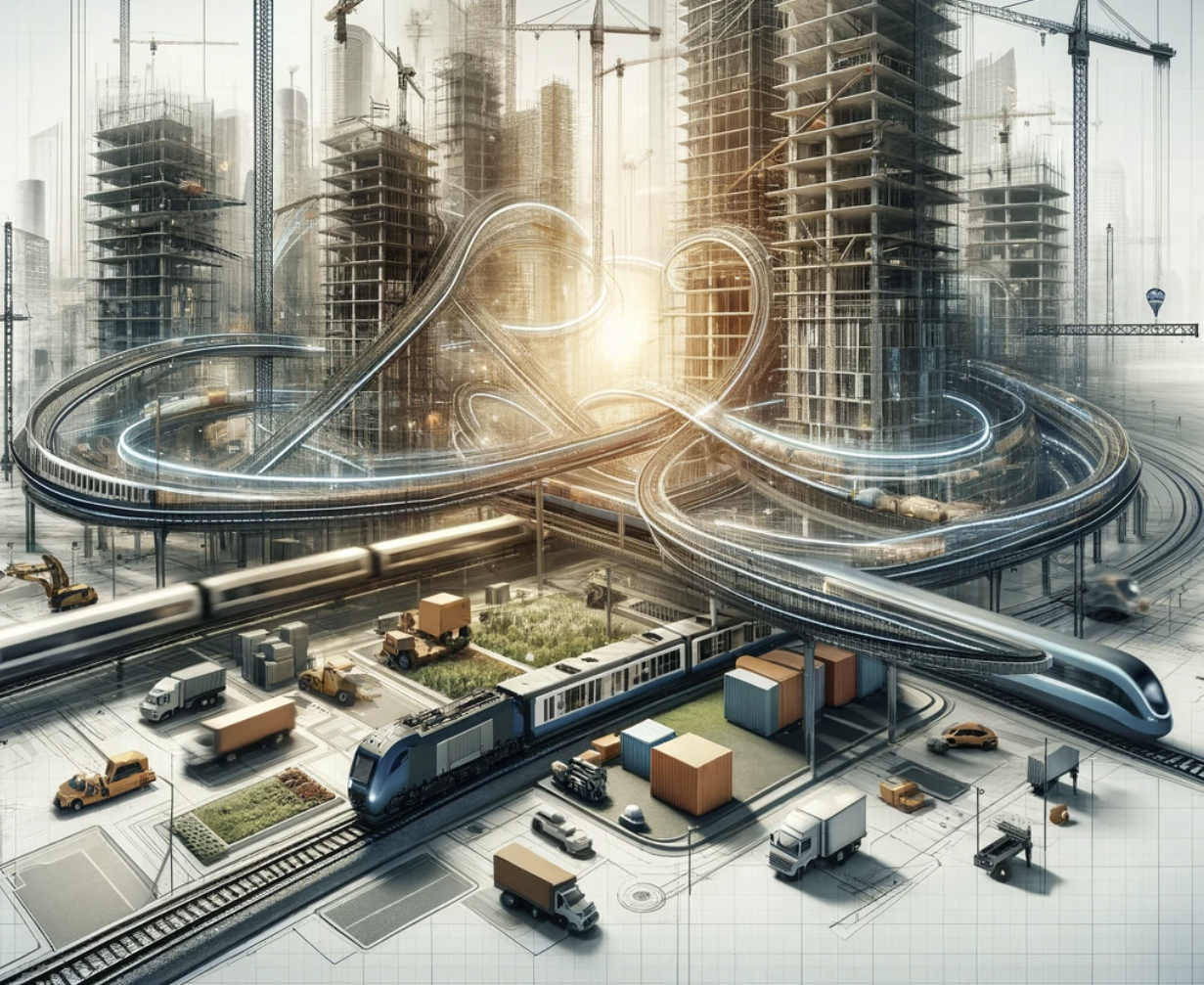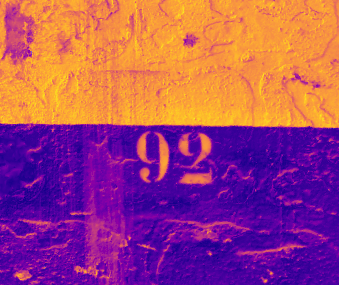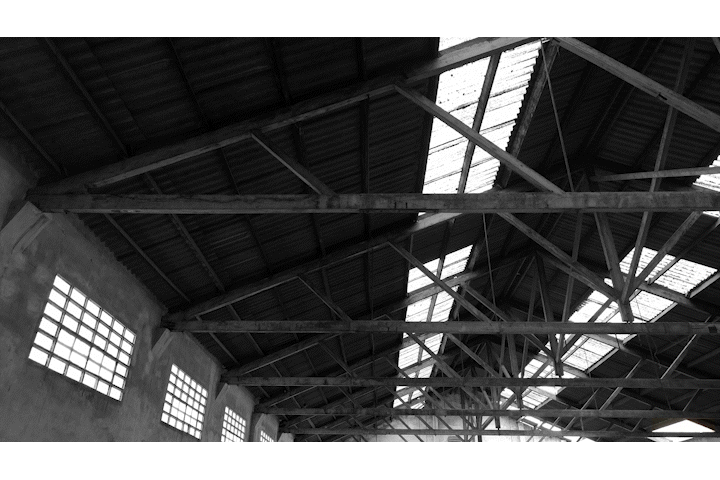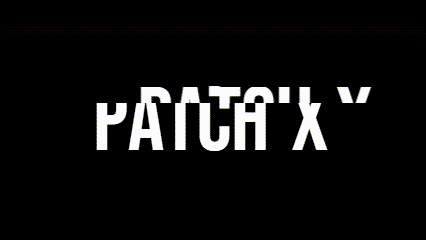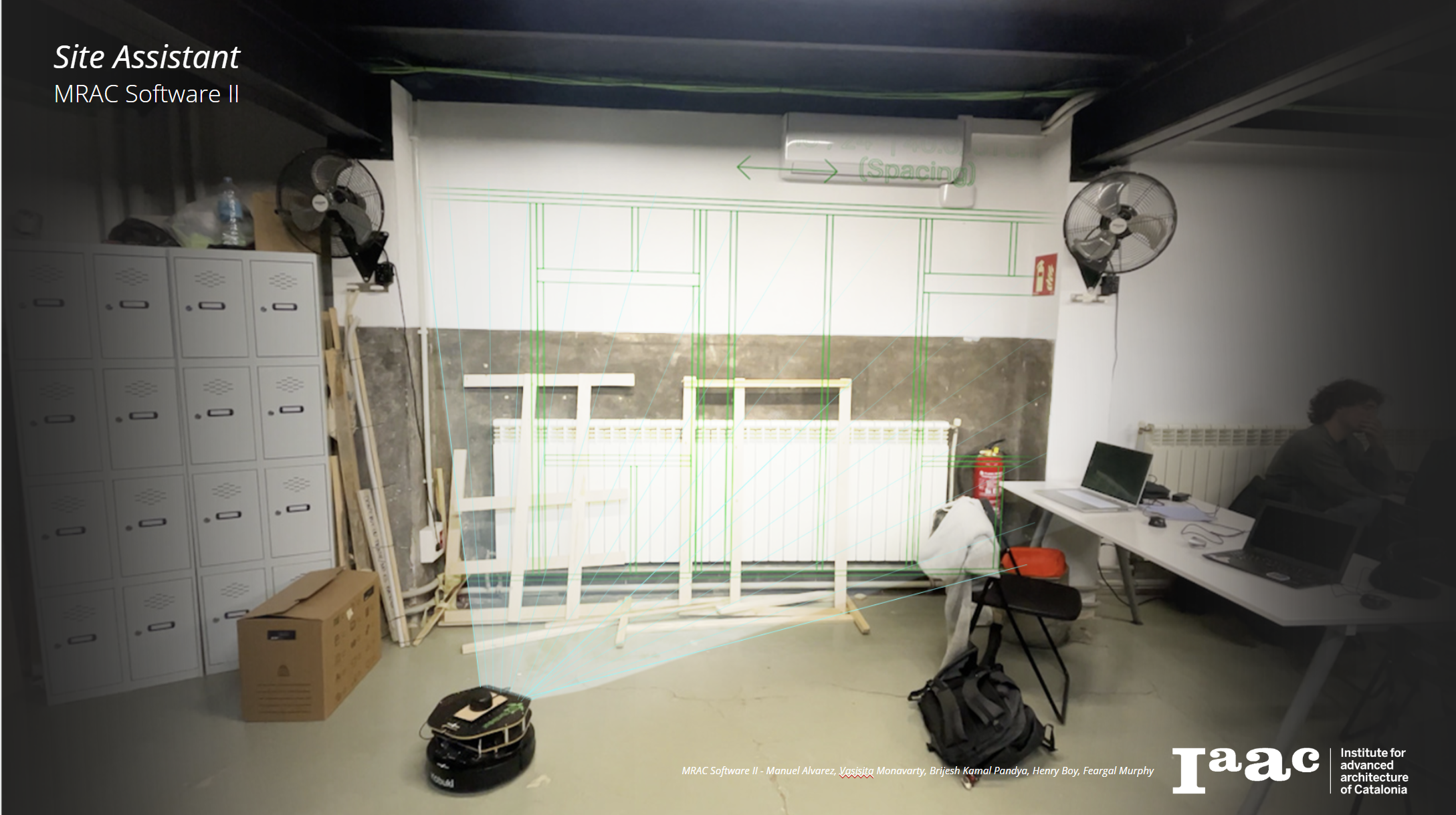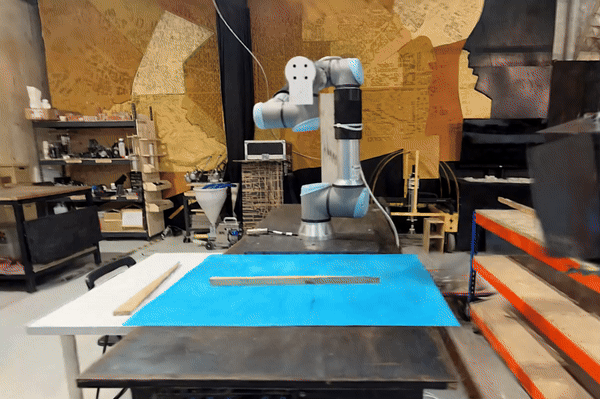Circularity on the blockchain
The construction sector is responsible for more than 35% of the waste generated in the European Union. At the same time, the materials and products used in this sector can have a life span of several decades. In the long term, having data on the origin of each material would be ideal to promote its … Read more

